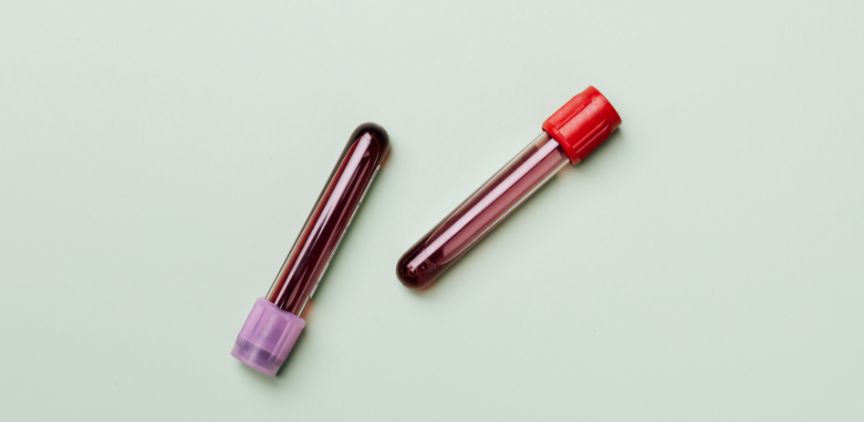How It Works and Its Life-saving Potential
Cord blood banking is a new way for parents to help protect their baby’s future health. This process involves collecting and storing the blood from a newborn’s umbilical cord after birth. Cord blood is special because it is a rich source of stem cells that can be used to treat many health problems. Let's look at how cord blood banking works, available options and its benefits.
How Does Cord Blood Banking Work?
The process of cord blood banking starts at the time of birth. After the baby is born and the umbilical cord is cut, a small amount of blood is drained from the cord using a clean needle. This blood is then collected in a special bag or container. Health professionals take these steps very carefully so that the cord blood remains safe and free of germs.
After collection, the blood is sent to a laboratory where technicians check it for quality. At the lab, they work to separate the valuable stem cells from the rest of the blood. Next, the stem cells are carefully frozen and stored in a special freezer. These freezers are kept at extremely low temperatures, which helps keep the cells healthy for a long time.
Cord Blood Banking Options: Private vs. Public
In the United States, parents have two main choices: private and public cord blood banking.
Private Cord Blood Banking
The private option means that the cord blood is stored specifically for your family. You will pay a fee to keep it safe for your own use later if it is needed. Only your family will have access to this cord blood. Private cord blood banking can be a good option if there is a known medical history in your family that might mean the stem cells are needed later. Although this service can cost more, it gives you the peace of mind of knowing that the cells are there just for you.
Public Cord Blood Banking
With public cord blood banking. you give the cord blood to a public bank where it is available to anyone who might need it. There is no cost to you when you donate cord blood to a public bank. Once donated, the cord blood can be used by anyone who is a match and needs a stem cell transplant. Public banks are run like blood banks, and they help increase the overall supply of stem cells available to treat patients around the country. This type of donation may help save lives and may even help people who cannot find a match in their own family.
Benefits of Banking Cord Blood
1. Future Medical Treatments
Cord blood contains stem cells that might one day be used to treat diseases such as leukemia, lymphoma and other blood-related conditions. Even if your baby is healthy at birth, keeping these cells can be like having a backup plan for potential future illnesses.
2. Easy Process
Cord blood is collected using a simple, safe and painless method soon after birth. It does not interfere with the delivery process. The process is usually quick and does not harm either the baby or the mother.
3. Promising Research
Scientists continue to study cord blood and its many uses for treating diseases. With ongoing research, new treatments using cord blood stem cells are being developed, which means these cells could help treat even more conditions in the future.
4. A Safety Net for Your Family
For families with a history of certain diseases, banking cord blood can act as a safety net. If a family member gets a disease that can be treated with stem cells, such as certain blood cancers and immune disorders, having a match available can be very helpful.
5. Contribution to the Greater Good
By donating cord blood to a public bank, you can help others in need. Many patients rely on cord blood transplants when no other donor is available. Public banks can help ensure that a wide range of people have access to potentially life-saving stem cells.
6. Minimal Risk
The process of collecting cord blood is very safe. There are no extra risks to the baby or the mother, as the collection happens after the umbilical cord is cut and the baby has already been born.
7. Long-term Storage
With modern freezing technology, cord blood can be stored safely for many years. This means that even if the stored cells are not used right away, they might still be viable decades later. This long-term value adds another layer of security for family health planning.
Cord blood banking offers families a way to store valuable cells that could one day help in treating serious medical conditions. The many benefits make cord blood banking an appealing option for people who want to take extra steps in ensuring long-term health and safety.

